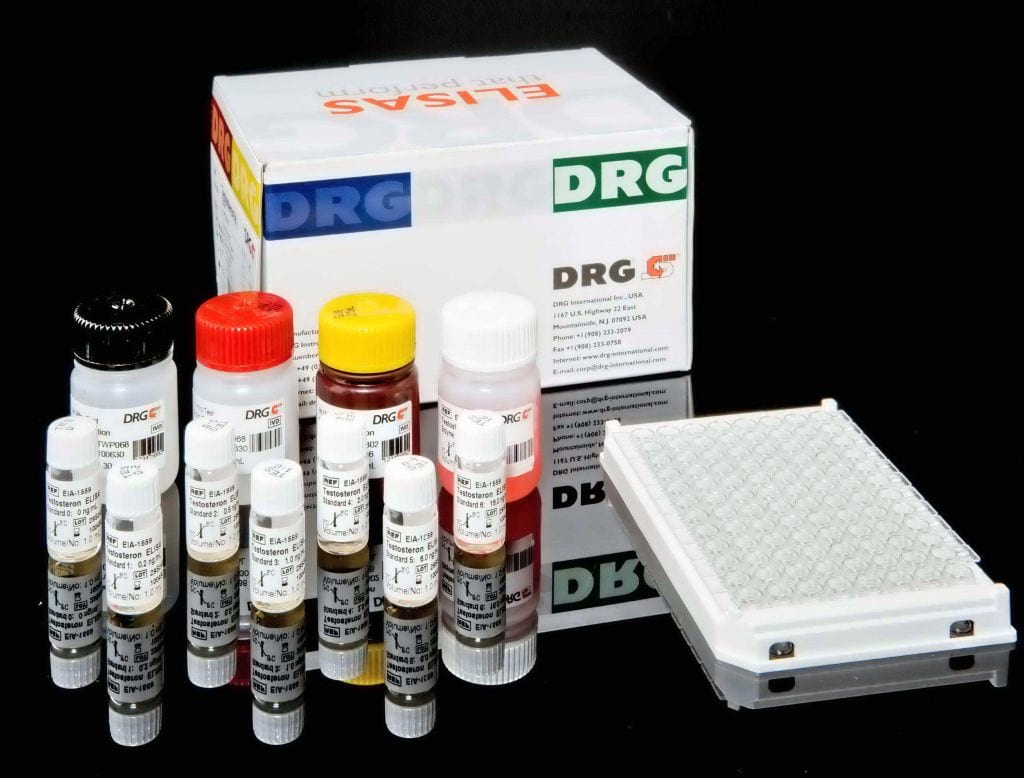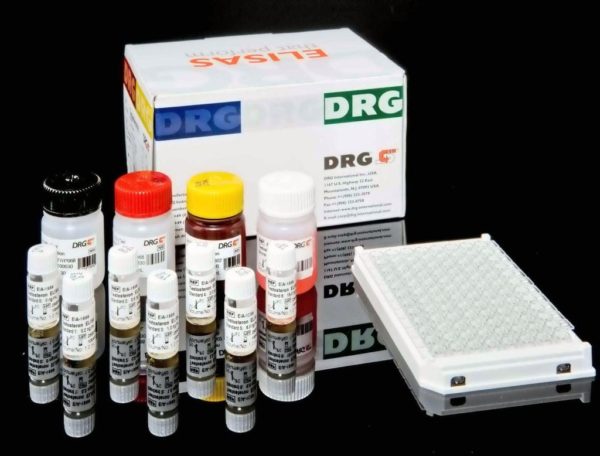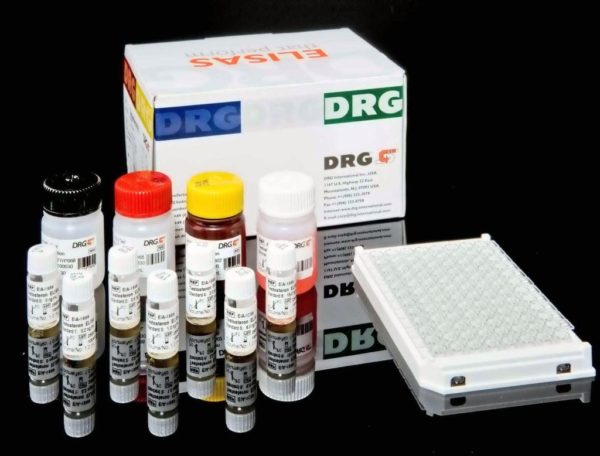Description
An enzyme immunoassay for the quantitative measurement of insulin in serum and plasma.
Insulin is the principal hormone responsible for the control of glucose metabolism. It is synthesized in the __cells of the islets of Langerhans as the precursor, proinsulin, which is processed to form C-peptide and insulin. Both are secreted in equimolar amounts into the portal circulation. The mature insulin molecule comprises two polypeptide chains, the A chain and B chain (21 and 30 amino acids respectively). The two chains are linked together by two inter-chain disulphide bridges. There is also an intra-chain disulphide bridge in the A chain. Secretion of insulin is mainly controlled by plasma glucose concentration, and the hormone has a number of important metabolic actions. Its principal function is to control the uptake and utilisation of glucose in peripheral tissues via the glucose transporter. This and other hypoglycaemic activities, such as the inhibition of hepatic gluconeogenesis and glycogenolysis are counteracted by the hyperglycaemic hormones including glucagon, epinephrine (adrenaline), growth hormone and cortisol. Insulin concentrations are severely reduced in insulin-dependent diabetes mellitus (IDDM) and some other conditions such as hypopituitarism. Insulin levels are raised in non-insulin-dependent diabetes mellitus (NIDDM), obesity, insulinoma and some endocrine dysfunctions such as CushingÕs syndrome and acromegaly.
The DRG Insulin ELISA Kit is a solid phase enzyme-linked immunosorbent assay (ELISA) based on the sandwich principle. The microtiter wells are coated with a monoclonal antibody directed towards a unique antigenic site on the Insulin molecule. An aliquot of patient sample containing endogenous Insulin is incubated in the coated well with enzyme conjugate, which is an anti-Insulin antibody conjugated with Biotin. After incubation the unbound conjugate is washed off. During the second incubation step Streptavidin Peroxidase Enzyme Complex binds to the biotin-anti-Insulin antibody. The amount of bound HRP complex is proportional to the concentration of Insulin in the sample.Having added the substrate solution, the intensity of colour developed is proportional to the concentration of Insulin in the patient sample.




